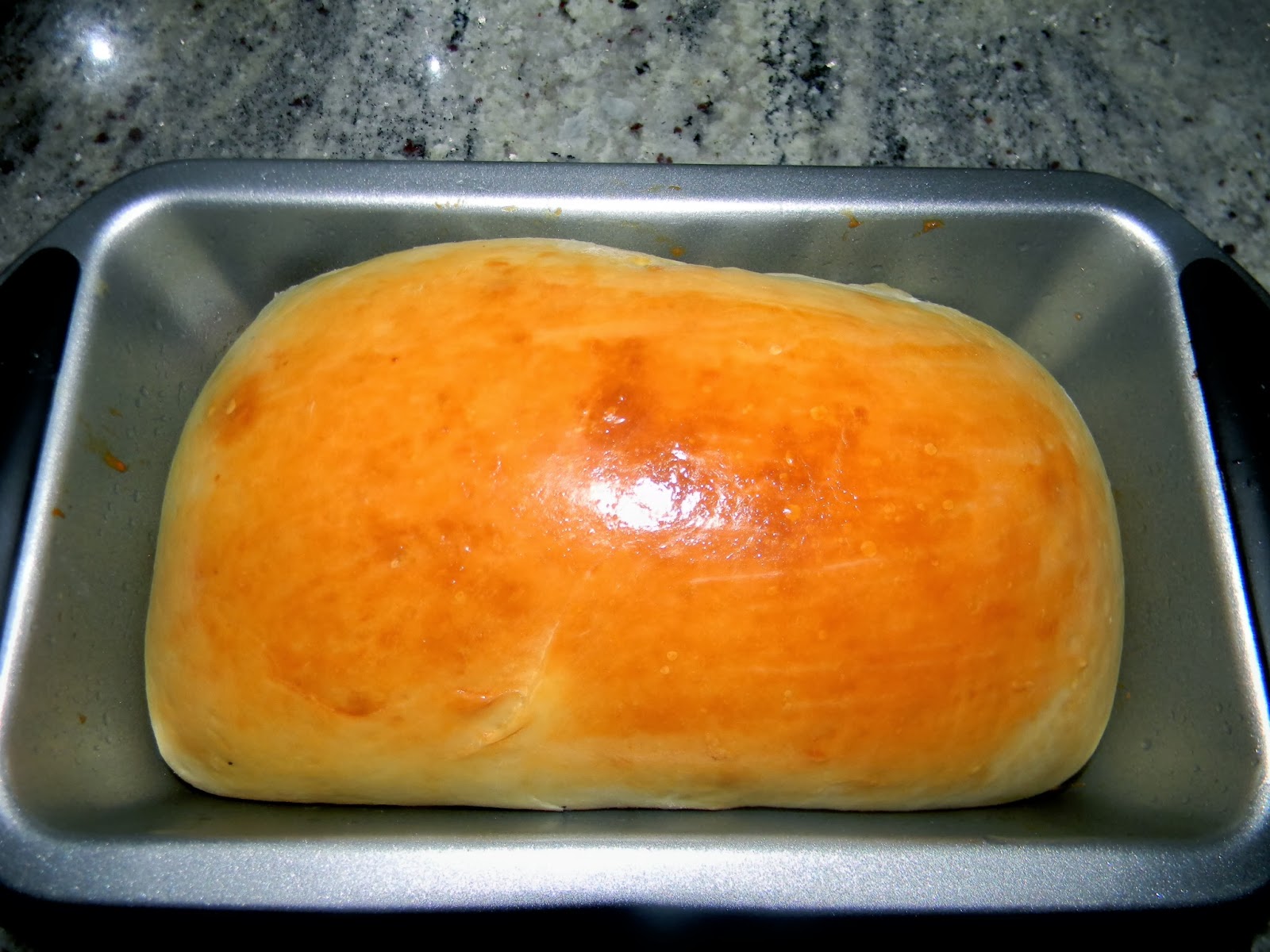Our digestive system needs a chance to relax the same way that we need to stop working too hard occasionally. Many people are afraid that eating only vegetables will not provide enough protein that is needed to support our bodies, but many studies have shown that our bodies will be better off with different kinds of protein, such as tofu, eggs, nuts, and grains. All of these protein sources are easy to digest with less fat and plenty of fiber. During Buddhist celebrations, most of the temples will serve stir-fried noodles. They use Chinese egg noodles, glass noodles, or rice noodles. Each of them has a different texture and taste, but they are all good for making stir-fried dishes. My favorite one is the rice noodle, which is used in the recipe presented today. This recipe is simple to prepare and is loaded with protein and fiber. Another reason I love this dish is that I can clear out all the different kinds of leftover vegetables from my refrigerator. Feel free to put into this dish whichever vegetables are on hand.
Ingredients:
1 lb. rice noodles, cooked al dente as directed on the package
8 oz firm tofu, deep-fried, and sliced
Sauce:
1 tsp miso paste
1 tbs soy sauce
1 tsp mushroom sauce
1/4 tsp salt
1 tsp sugar
1/4 cup water
Vegetables:
1 carrot, shredded
A hand full snow peas
2 oz. fresh mushrooms – shitake, oyster, or your choice
1/2 cup celery, sliced
3 bok choy, cut into bite size pieces
2 cups bean-sprouts
1 cup red cabbage
1 cup white onions, sliced
4 shallots, sliced
2 garlic cloves, minced
Garnish with cilantro
Directions:
In a sauté pan, add 1/4 cup of peanut oil. Add the shallots and cook until crispy. Remove crispy shallots. Reserve the shallots oil.
Bring pot of water to boil. Add some salt to the boiling water. Blanch red cabbages, snow peas, celery, and shredded carrot for 1 minute and quickly submerge the vegetables in ice cold water to stop the cooking and preserve the bright green color.
In a small bowl, mix the sauce and set aside.
In a wok, add the shallots oil. Add sliced white onions. Stir and cook until wilted. Add garlic and cook until fragrant (try not to burn the garlic). Add the mushrooms and cook for 3 minutes. Add the blanched vegetables and fried tofu to the mushrooms and the sauce. Quickly toss them together and remove from the wok.
Add some shallots oil into a wok. Add noodles and toss the noodles in the wok for 1 minute. Return all the cooked vegetables and tofu with noodles. Add bean sprouts and bok choy. Toss to combine and mix well. You need to taste and season with more soy sauce. Remove from heat.. Place the noodles on a serving plate and sprinkle with cilantro, crispy shallots and crushed roasted peanuts (optional). Serve with some soy dipping sauce.























































